OnePlus Buds Pro 3 review: a luxurious, leather-wrapped listen
A sound step up for OnePlus' best buds

Stuff Verdict
Great looking and sounding in equal measure, the OnePlus Buds Pro 3 are capable all-rounder in-ears. There’s no shortage of rivals though – and many have better support for higher quality Bluetooth co
Pros
- Effective ANC and well-balanced audio
- Very respectable battery life
- Design and materials feel suitably premium
Cons
- Hi-res listening options are limited
- No shortage of talented rivals for similar money
Introduction
Now that its Nord range is comfortably doing the whole affordable wireless earbuds thing, OnePlus has taken its mainline in-ear offering upmarket for their third generation. The OnePlus Buds Pro 3 are all about refinement, with superior sound, more effective noise cancelling, slicker styling and longer battery life all promised. Danish audio expert Dynaudio is back on tuning duties, too.
It’s certainly a design departure from the outgoing OnePlus Buds Pro 2, and (on paper, at least) has the features to spar directly with the AirPods Pro 2nd-gen. This year’s effort doesn’t have a spangly new smartphone to launch alongside, though, so must stand out on its own merits. With the price going up – and Sony’s excellent WF-1000XM5 available for similar cash – is there enough here to please more than just the OnePlus faithful?
How we test headphones
Every pair of earphones and headphones reviewed on Stuff is used for a minimum of a week’s worth of daily listening. We use a playlist of test tracks made up of multiple genres to assess sound, and use our years of experience to compare to other models. Manufacturers have no visibility on reviews before they appear online, and we never accept payment to feature products.
Find out more about how we test and rate products.
Design & build: shell for leather
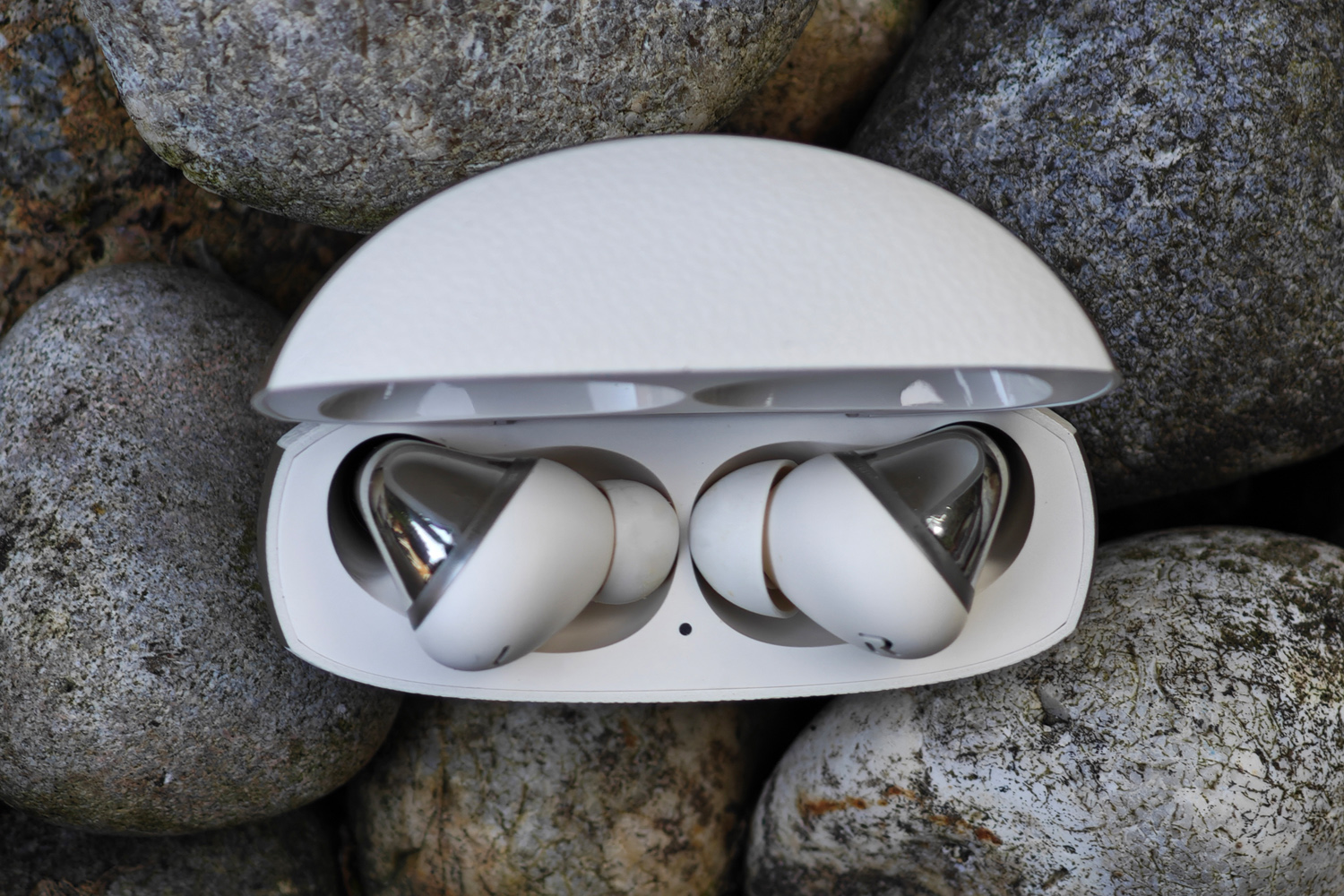
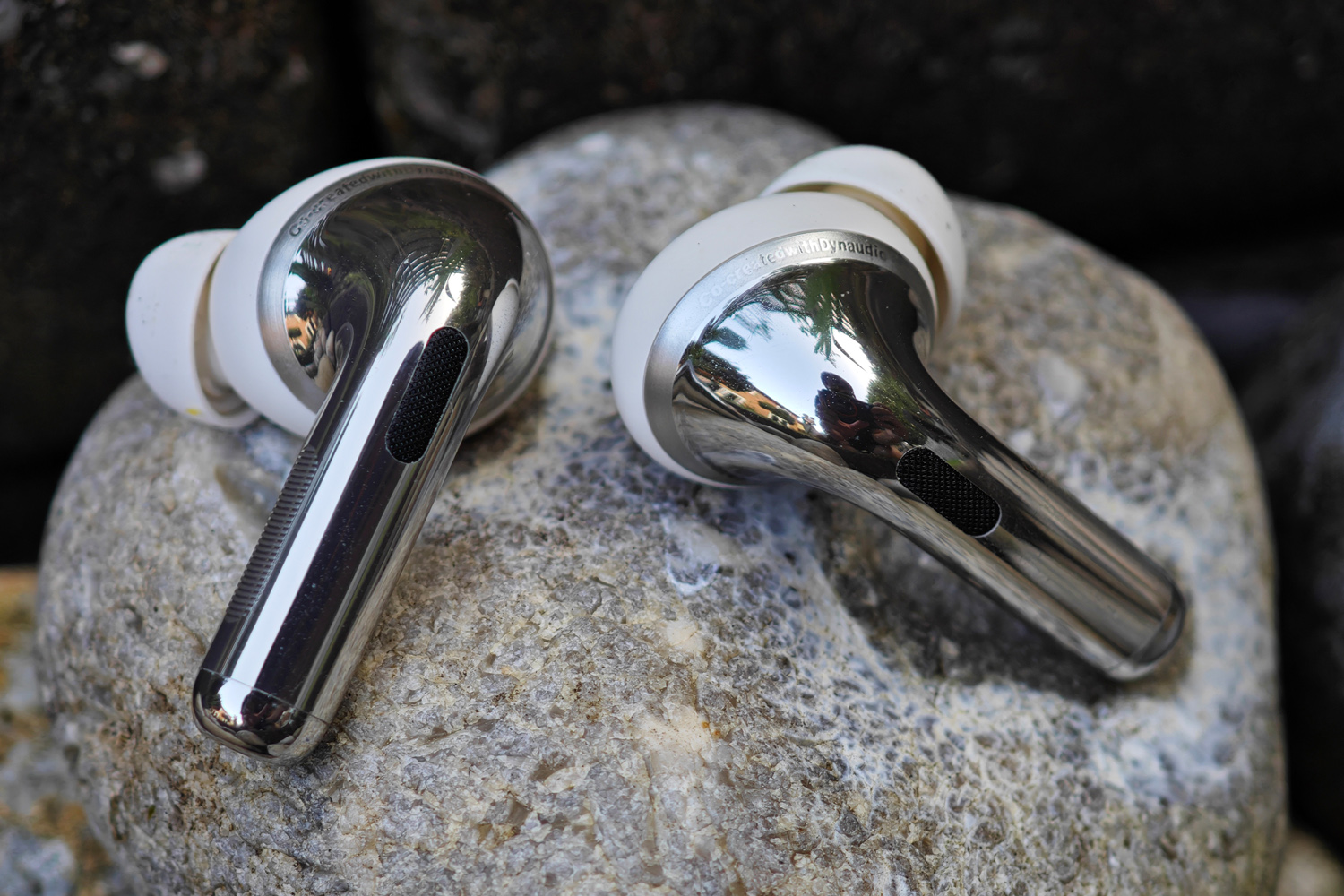
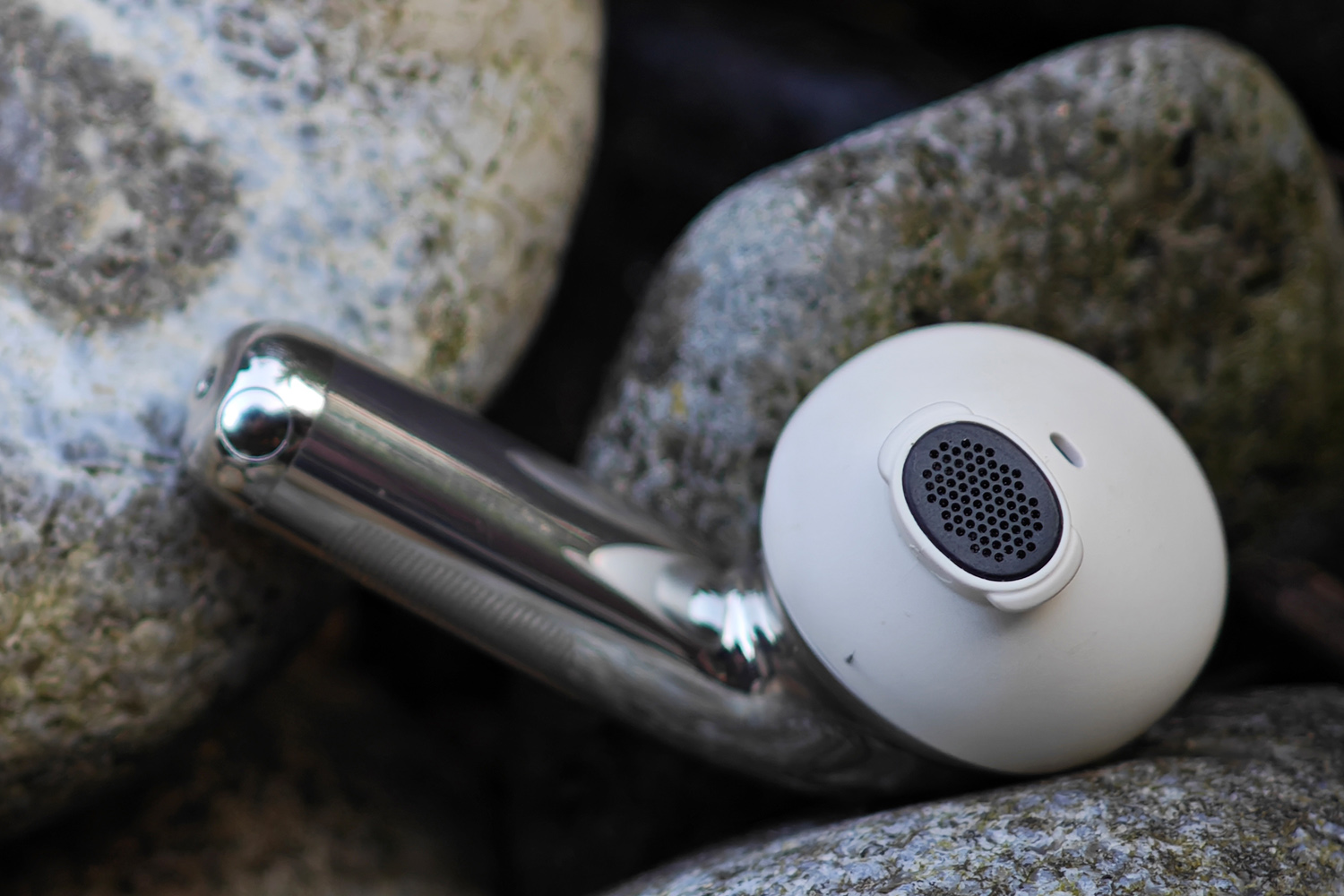
The previous generation’s businesslike square charging case has been ditched for a much more distinctive pebble, with a flip-top lid that closes with a satisfying snap. My Lunar Radiance review unit is a mix of creamy-white faux leather and matte silver plastic trim, with champagne gold branding; I think the combo looks properly premium, and feels it too. OnePlus has put many audiophile earphone brands to shame for both styling and materials.
It’s not the smallest charging case around, but I had no trouble slipping it into my jeans pocket. The textured finish stops it sliding off desks and whatnot – something other oval cases struggle with – and the way the buds slot in makes it impossible to get them the wrong way round.
The buds themselves have a slightly different treatment, My pair have polished silver stems, which don’t pick up fingerprints nearly as quickly as I expected them to, while the driver housings are an opaque white. The Midnight Opus black version goes for glossy and matte black respectively, which are a little more anonymous. There’s no mistaking the plastic feel, but the bulbous shape made them perfectly comfortable to wear.
Silicone ear tips do a decent job of keeping them locked in place while walking about, and passively blocking some background noise. More vigorous movement was trickier, even after experimenting with the large, small and extra small tips included in the box (mediums are pre-fitted from the factory). IP55 resistance is enough to survive gym sessions and rain showers.
I like that OnePlus still includes a stubby red charging cable in the box, but USB-A to USB-C feels a little behind the times. A Type-C to Type-C would’ve made more sense.
Features & battery: extensive is an understatement.
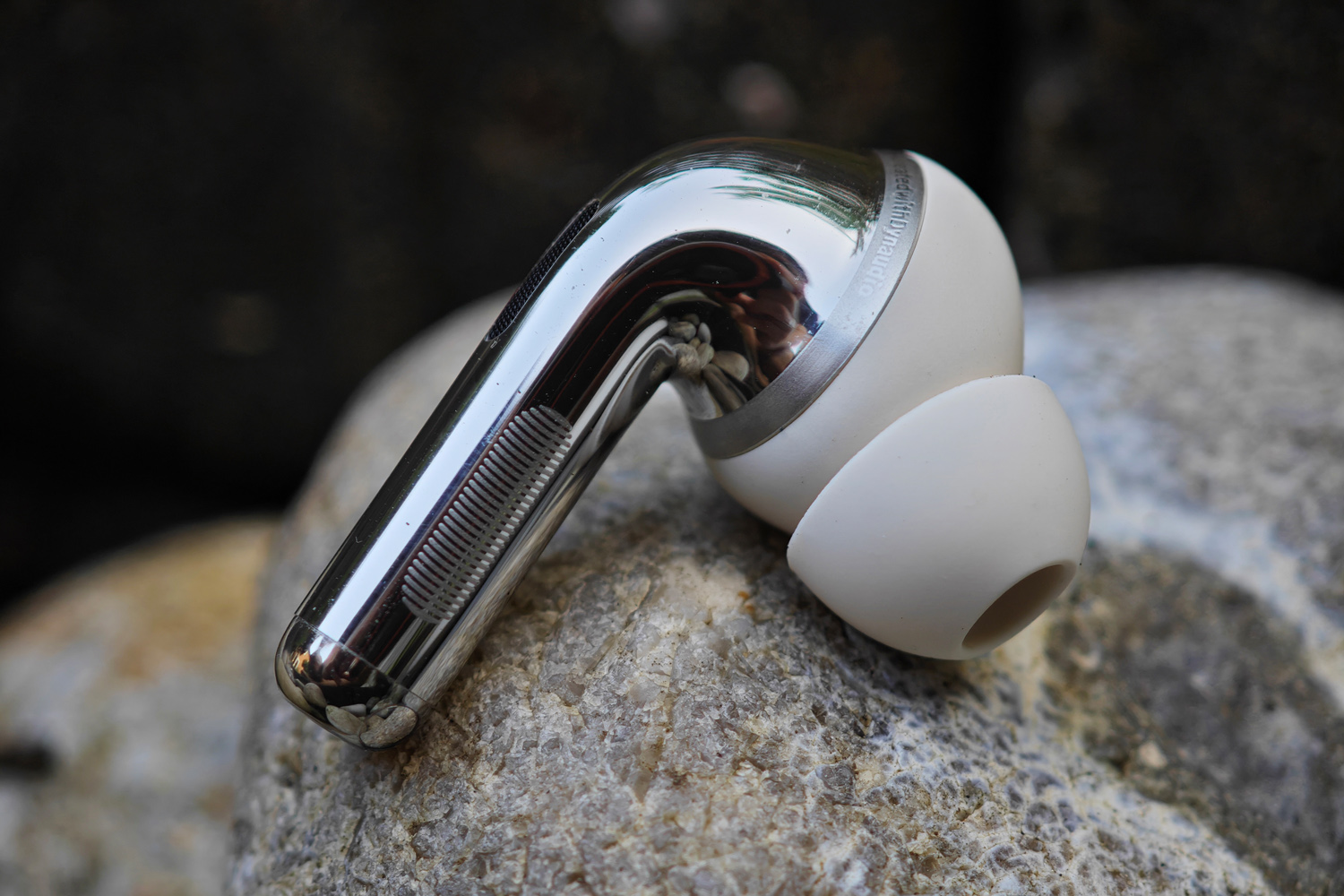

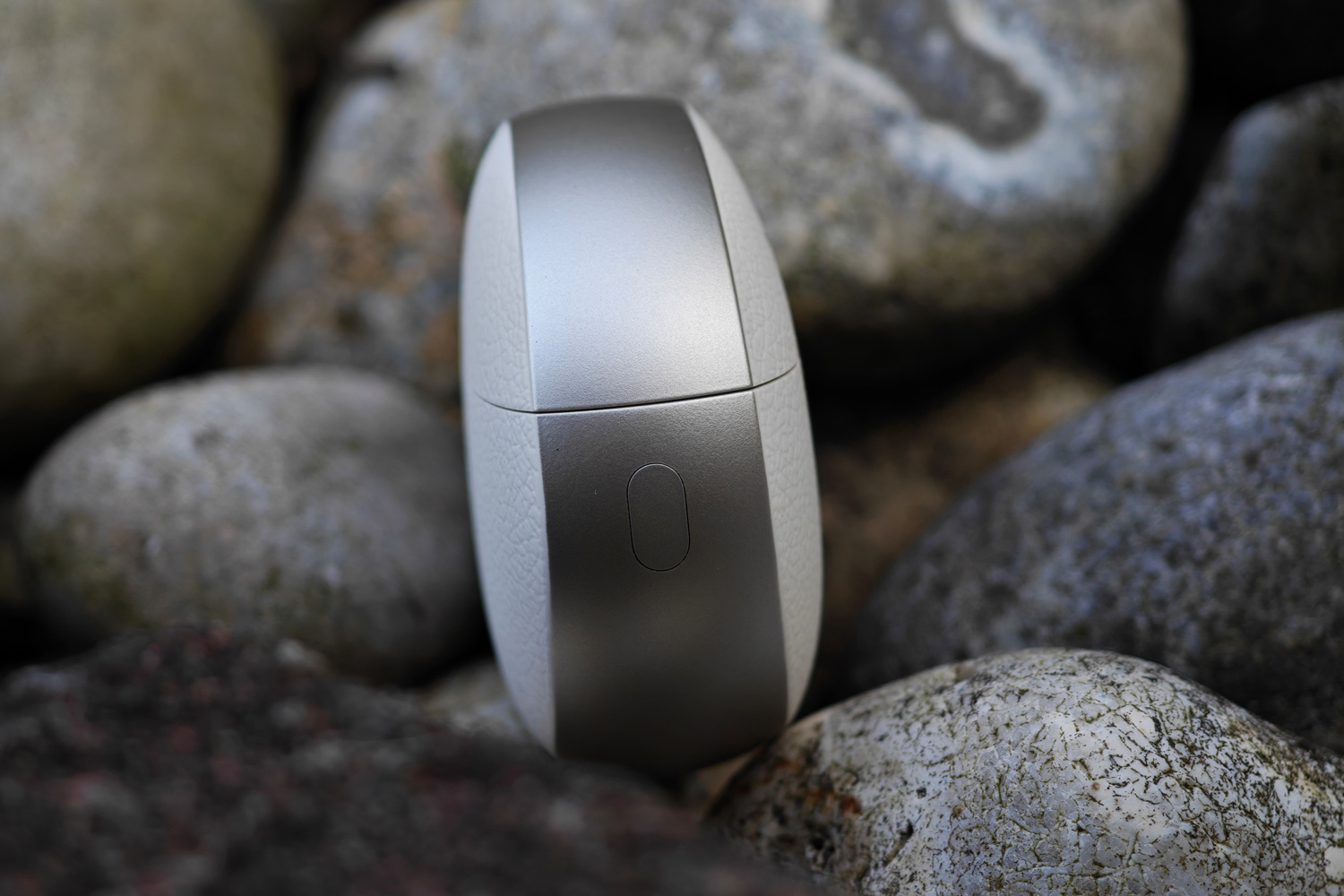
The Buds Pro 2 were already fully-featured, and OnePlus hasn’t held anything back for the threquel.
You get even more customisable gesture controls, with a slide up or down the stem now adjusting volume as well as the usual single-, double and triple-taps for playback and answering calls. A tap-and-hold will only ever toggle between ANC modes, though – the app doesn’t let you change it to, for example, waking your phone’s voice assistant. I also found that the slide gestures moved the bud about in my ear, even with a very light touch, so I didn’t use them a whole bunch.
Google fast pair made getting connected on my Android phone a breeze; the buds just popped up onscreen when I opened the case for the first time. Dual device connectivity is great for swapping between phone and tablet or laptop, too. The built-in microphones did a decent job of picking up my voice while on phone calls, even when the wind picked up.
The Buds Pro 3 play nicely with Google’s head-tracking spatial audio, so it’ll deliver more convincing surround sound effects from a wider range of kit than the outgoing Buds Pro 2 could manage. The upmixing is very effective, expanding the soundstage like you’ve just stepped from the studio to a concert hall with just some mild alteration to the tuning. Bass gets boomier and some finer details are lost in translation, but no more so than any other spatial upscaling I’ve tried. The head tracking mode, which locks the sound directly in front of you – even when you turn your head from side to side – is as Marmite as ever.
LHDC 5.0 Bluetooth is a step up from version 4.0 found on the outgoing Buds Pro 2, but there’s still no LDAC or aptX support. The charging case doesn’t do any clever audio retransmission via USB-C, either, so if your phone doesn’t do LHDC, you’re stuck with more basic AAC and SBC codecs. It’s something to consider if you want to eke every ounce of detail from a library of lossless FLAC files.
OnePlus says LHDC streaming saps about an hour from your listening time versus AAC, taking the buds down from six hours of ANC-on playback to five. I saw a little bit more than that, which could’ve been down to the volume I was listening at – and how little effort the noise cancelling needed to put in while sat in my home office. Realistically, you’re looking at a similar lifespan to the AirPods Pro 2nd Gen, which is a great (albeit not quite class-leading) showing. The case can nudge your total listening time over 18 hours with ANC on, or north of 40 if you go without, which is a sterling effort.
Wireless charging is a given at this price, and 10 minutes of wired juice will give five hours of extra listening.
Interface: check out my melody
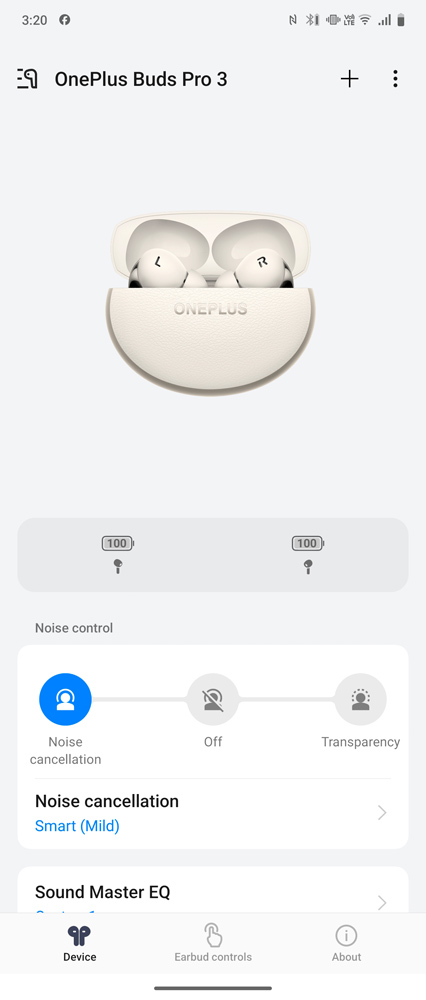
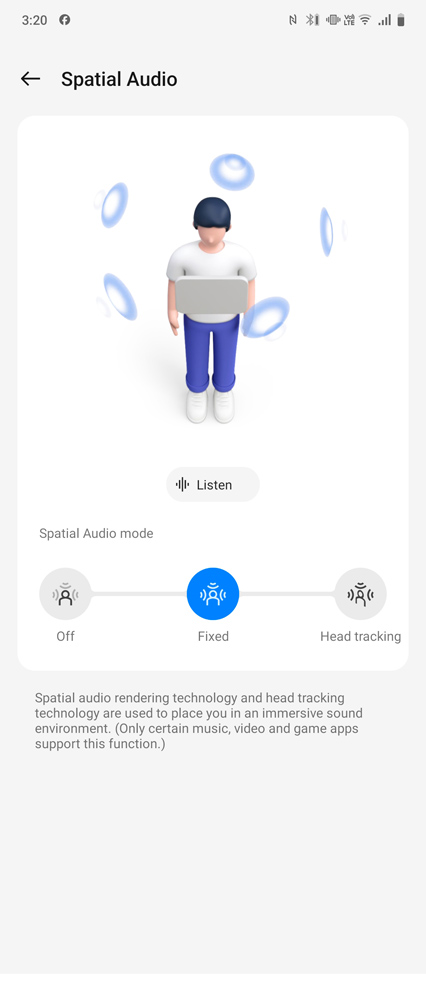


OnePlus has shared custody of the HeyMelody companion app with parent brand Oppo for a while now. I’m familiar with the UI by now, which is plainly laid out and easy to navigate. Battery stats are front-and-centre, along with ANC settings and EQ presets.
There are five presets to pick from, with Dynaudio having a hand in all of ’em, but I genuinely struggled to notice any differences. From Default, to Bold, to Bass, none seemed to have any real impact on the sound. Perhaps this was a pre-release software bug, or a quirk of the phone I was paired to at the time. At least the custom six-band EQ lets you get granular with the tuning.
Other options include the latency-slashing Game mode, dual connection option for quickly handing off to another gadget, and a Find My Earbuds button that plays high-pitched beeps until you locate a missing bud. You’re on your own if you misplace the case, mind.
The latest iteration of OnePlus’ Golden Sound hearing test is well worth the five minutes it takes to complete; a slider lets you set the specific point you can’t hear a certain frequency, with the buds then compensating for any flat spots in your hearing. It picked up my right ear’s high-frequency trouble, creating a balanced sound for me far more easily than manually messing with the EQ.
Oddy I couldn’t find an option to disable in-ear detection, but happily it wasn’t as keen to pause playback when the buds shifted slightly in my ears as the last-gen Buds.
Sound quality and noise cancelling: year-on-year improvement
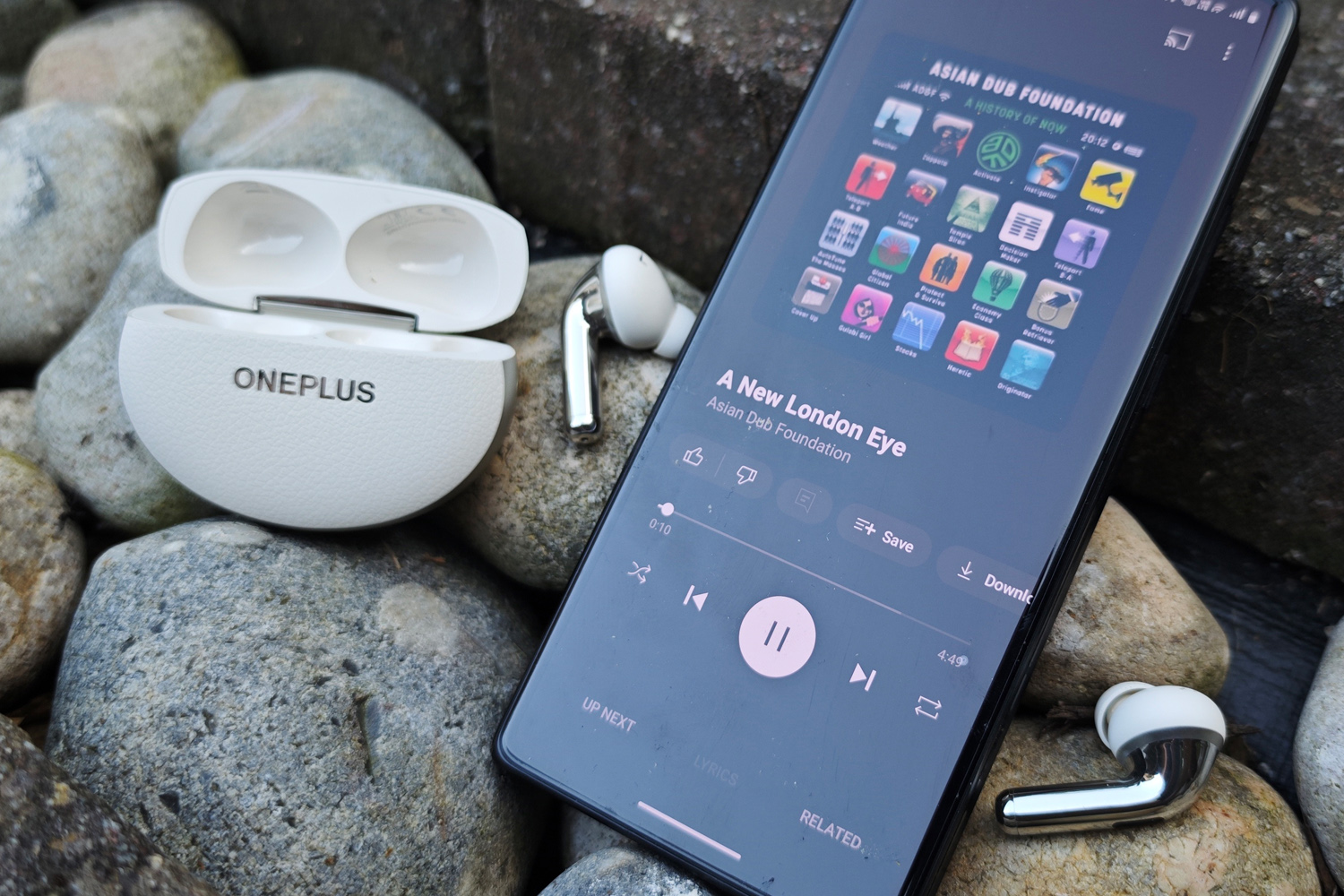

The Buds Pro 3 use the same 11mm woofer and 6mm tweeter arrangement as their predecessor, but now each gets its own dedicated DAC, for cutting out any possibility of signal crosstalk. OnePlus has also added a second magnet to the woofer for a more powerful sound, and made its driver diaphragm from super-sensitive ceramic-metal composite. A new voice coil for the tweeter promises to make it more precise with higher frequencies, too.
This results in an impressively nuanced and balanced sound, at least as far as mainstream earphones go. The Buds Pro 2 were by no means a bad listen, but could muddy the detail just a tad on account of their warm and energetic tuning; there’s still plenty of both here, but not at the expense of clarity. Stormzy’s commanding vocals on Chase & Status’ Backbone sit comfortably in the front and centre of the mix, rather than drowned out by swampy bass synths.
I was surprised at how reserved these buds could be with bass after a quick trip to the app’s EQ page; you’re not going to get a truly neutral performance, but equally it doesn’t inject oomph where none is required. It can’t compete with the very best wireless in-ears for outright definition or high frequency finesse, either, but as ‘fun-sounding’ models go it can definitely entertain. It won’t leave you wanting for volume, and the stock soundstage isn’t all that expansive, but neither is it so claustrophobic that you’ll need to invoke the spatial audio upmixing.
Noise cancelling has also taken a step up this year. Voices and background chatter are more effectively muted than they were on the Buds Pro 2, and ANC in general strips out ambient audio to a level more in keeping with the Buds Pro 3’s asking price. The smart setting toggles between mild, moderate and max based on the amount of background noise; other than sudden loud noises, it coped well with the continuous drones and low-frequency hum of commuter travel. The gap between it and class leaders like Bose and Sony is much smaller than it used to be. If the noise cancelling colours the sound at all, it’s super subtle.
OnePlus Buds Pro 3 verdict

Whether you have one of the firm’s phones in your pocket or not, the OnePlus Buds Pro 3 are well worth your attention. These energetic earphones are an engaging listen, and aren’t short on features. An extra hour of ANC-on battery life over the previous generation puts these in-ears on par with the Apple AirPods Pro 2nd-gen, and noise cancelling is now up near the top of the $250/£200 class.
I still think a wider selection of high quality codecs would give the Buds Pro 3 greater appeal, and this particular part of the true wireless space has never felt more crowded than it does right now. But the firm’s attention to detail on the design front definitely helps it stand out.
Stuff Says…
Great looking and sounding in equal measure, the OnePlus Buds Pro 3 are capable all-rounder in-ears. There’s no shortage of rivals though – and many have better support for higher quality Bluetooth codecs.
Pros
Effective ANC and well-balanced audio
Very respectable battery life
Design and materials feel suitably premium
Cons
OnePlus Buds Pro 3 technical specifications
| Drivers | 11mm + 6mm |
| ANC | Yes |
| Bluetooth version | Bluetooth 5.4 |
| Codecs supported | AAC, SBC, LHDC |
| Durability | IP55 |
| Battery life | 6hrs/19.5hrs (buds/case, ANC on) 10hrs/33hrs (buds/case, ANC off) |
| Dimensions | 34x21x25mm, 5.2g (buds, each) 65x53x26mm, 51g (case) |



